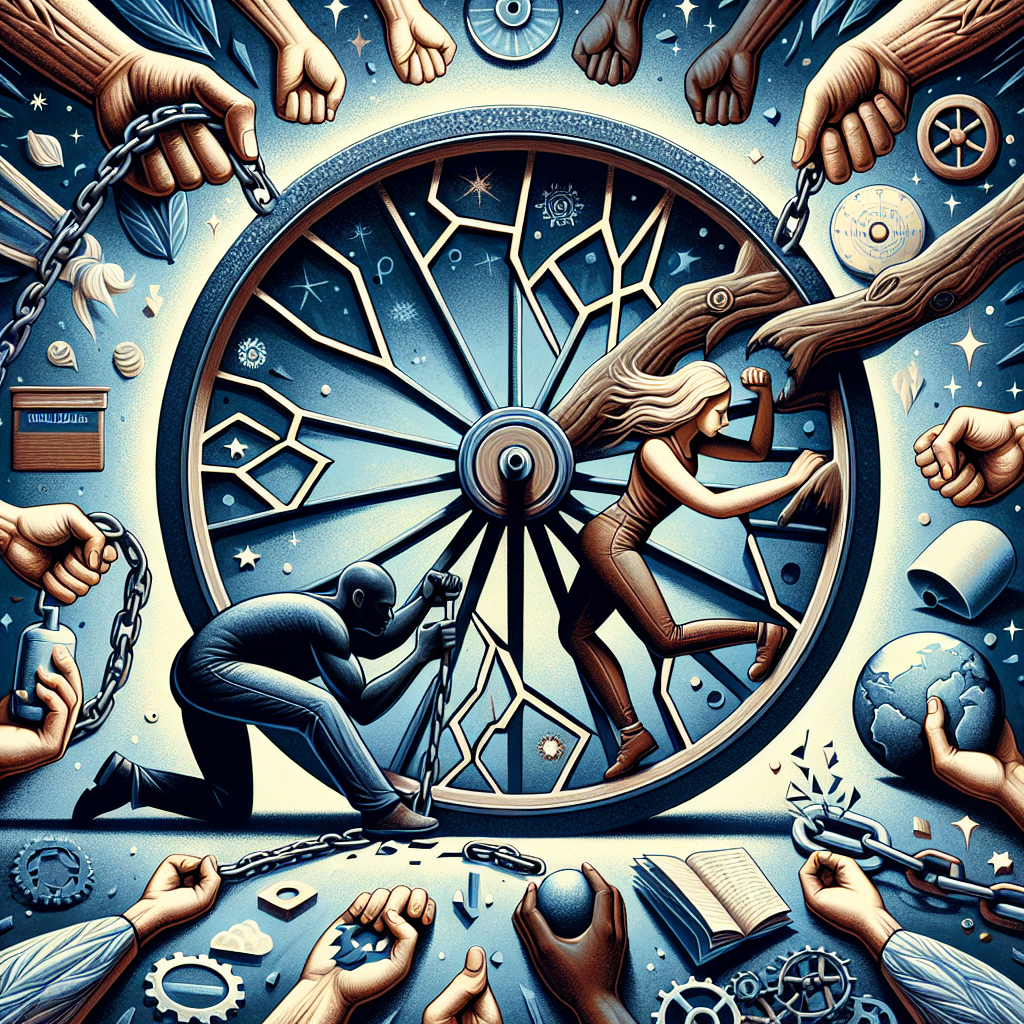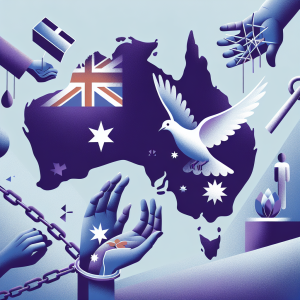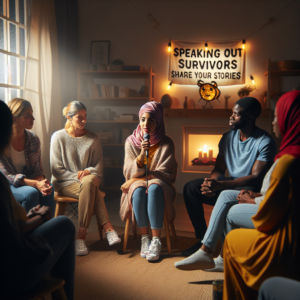Domestic violence is a pervasive issue that affects individuals and families across the globe. It is a pattern of abusive behavior in a relationship that is used by one partner to gain or maintain power and control over the other. This type of violence can take many forms, including physical, emotional, psychological, sexual, and financial abuse. Breaking the cycle of domestic violence requires a deep understanding of the root causes and risk factors, as well as effective prevention strategies that can help individuals and families break free from the cycle of abuse.
Understanding Domestic Violence
Domestic violence is a complex issue that is often rooted in power dynamics and control. Abusers may use a variety of tactics to intimidate, isolate, and manipulate their partners, including physical violence, threats, emotional manipulation, and financial control. Victims of domestic violence may feel trapped in the cycle of abuse, as their abusers often use a combination of love and fear to keep them in the relationship.
One of the key factors that contribute to domestic violence is a lack of healthy communication and conflict resolution skills. In healthy relationships, partners are able to communicate openly and honestly with each other, and resolve conflicts in a respectful and nonviolent manner. However, in abusive relationships, communication is often characterized by manipulation, intimidation, and control, making it difficult for victims to speak up and seek help.
Another factor that contributes to domestic violence is a history of trauma and abuse. Many abusers have experienced trauma in their own lives, which can lead to a cycle of violence that is passed down from generation to generation. Victims of domestic violence may also have a history of trauma, which can make it difficult for them to leave an abusive relationship and seek help.
Preventing Domestic Violence
Preventing domestic violence requires a multi-faceted approach that addresses the root causes of abuse and provides support and resources for victims and survivors. Education and awareness are key components of prevention efforts, as they can help individuals recognize the signs of abuse and understand healthy relationship dynamics.
One way to prevent domestic violence is to promote gender equality and challenge traditional gender norms that contribute to power imbalances in relationships. By encouraging mutual respect and equal partnership in relationships, we can help break down the barriers that perpetuate abuse and control.
Another important prevention strategy is to provide resources and support for victims and survivors of domestic violence. This can include access to shelter, counseling, legal assistance, and other services that can help individuals rebuild their lives and break free from the cycle of abuse.
FAQs about Domestic Violence
Q: What are the warning signs of domestic violence?
A: Warning signs of domestic violence can include physical injuries, emotional distress, isolation from friends and family, control of finances, and threats of harm or violence. If you or someone you know is experiencing these warning signs, it is important to seek help and support as soon as possible.
Q: How can I help a friend or family member who is experiencing domestic violence?
A: If you suspect that a friend or family member is experiencing domestic violence, it is important to approach the situation with compassion and empathy. Listen to their concerns, offer your support, and help them access resources and services that can assist them in leaving the abusive relationship.
Q: What should I do if I am in an abusive relationship?
A: If you are in an abusive relationship, it is important to prioritize your safety and well-being. Reach out to a trusted friend, family member, or domestic violence hotline for support and guidance. You may also consider seeking help from a counselor or legal advocate who can help you develop a safety plan and access resources for leaving the abusive relationship.
Q: What are some resources for victims and survivors of domestic violence?
A: There are a variety of resources available for victims and survivors of domestic violence, including shelters, hotlines, counseling services, legal assistance, and support groups. Organizations such as the National Domestic Violence Hotline and the National Coalition Against Domestic Violence can provide information and support for individuals seeking help.
In conclusion, breaking the cycle of domestic violence requires a collective effort to understand the root causes of abuse and provide support and resources for victims and survivors. By promoting healthy communication, challenging gender norms, and offering prevention and intervention services, we can work towards creating a world free from violence and abuse in relationships. If you or someone you know is experiencing domestic violence, do not hesitate to seek help and support. It is never too late to break free from the cycle of abuse and start a new chapter of healing and empowerment.




















